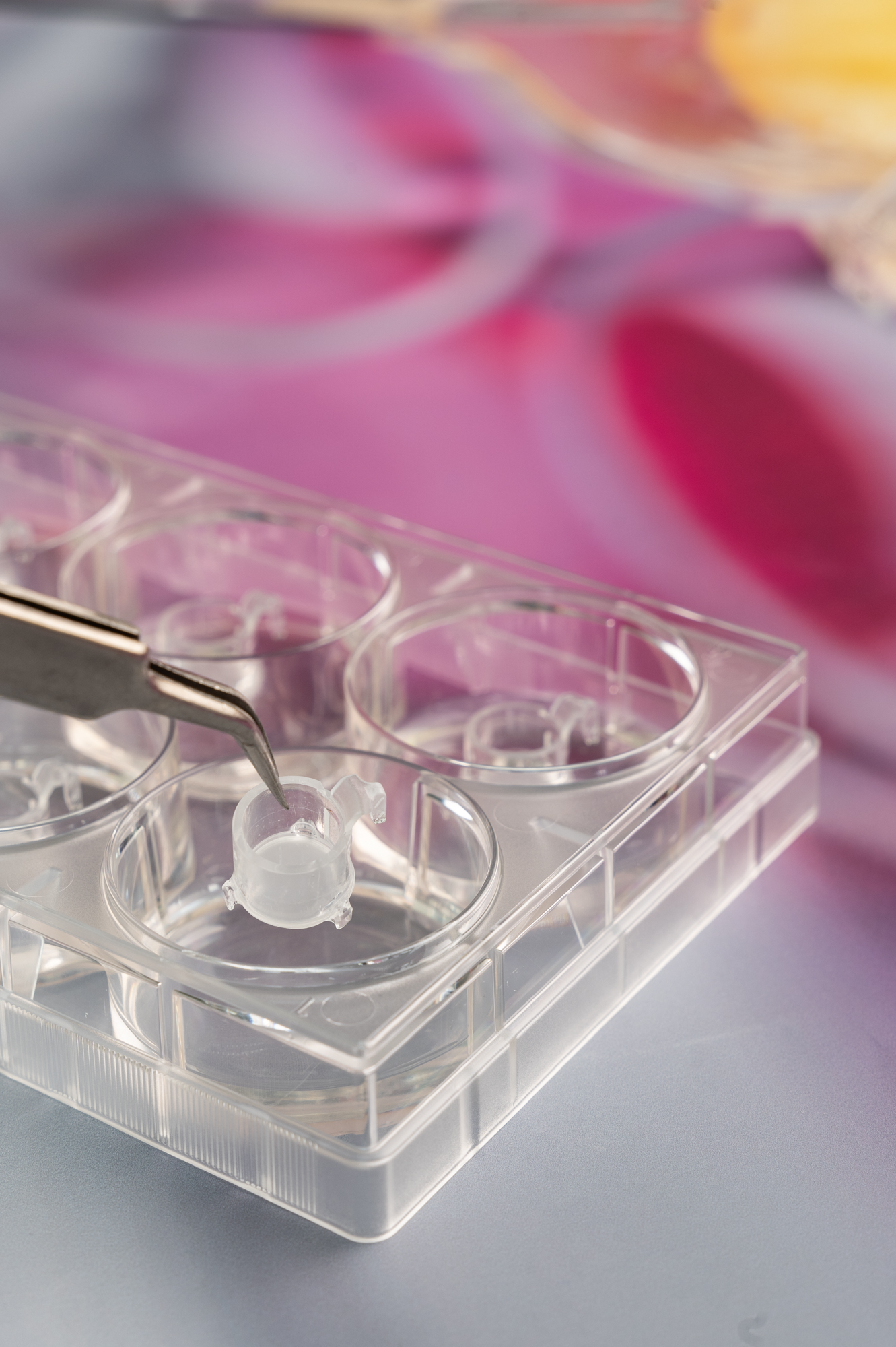Fraunhofer IGB develops specific in-vitro model systems to test pharmaceutical agents, cosmetic preparations, and chemicals such as pesticides and biocidal products, and to assess their potential hazards to humans and the environment. Depending on the specific issue, the test systems range from simple 2D cell assays to organoids and complex 3D tissue models.
Contact Press / Media
Dr. Anke Burger-Kentischer
Head of Department Cell and Tissue Technologies
Fraunhofer Institute for Interfacial Engineering and Biotechnology IGB
Nobelstr. 12
70569 Stuttgart
Phone +49 711 970-4023
Fax +49 711 970-4200
 Fraunhofer Institute for Interfacial Engineering and Biotechnology IGB
Fraunhofer Institute for Interfacial Engineering and Biotechnology IGB



